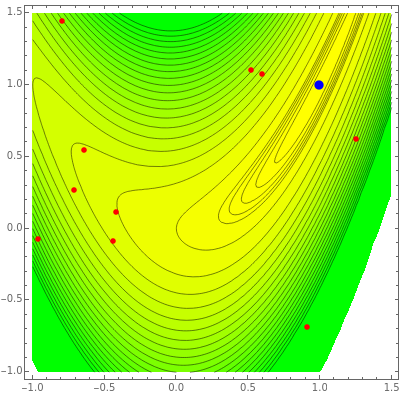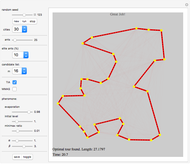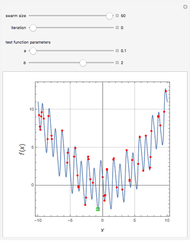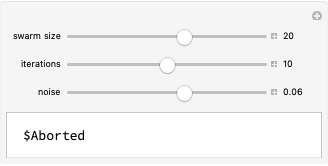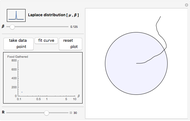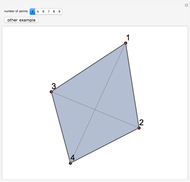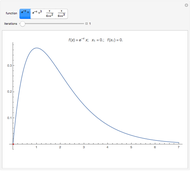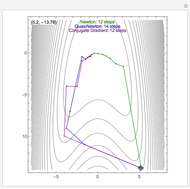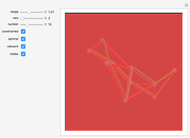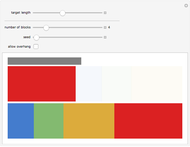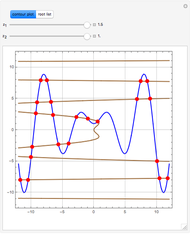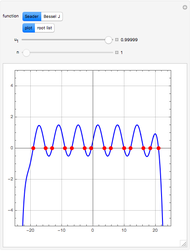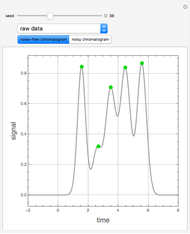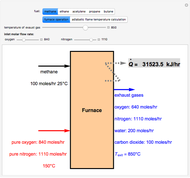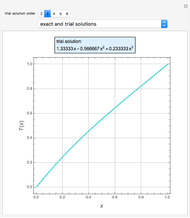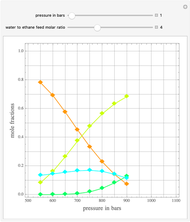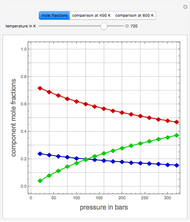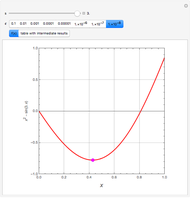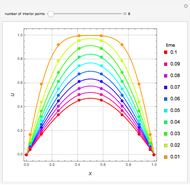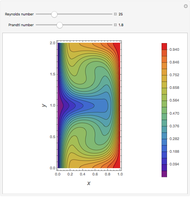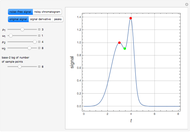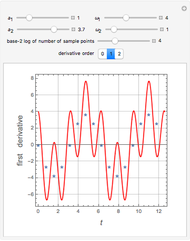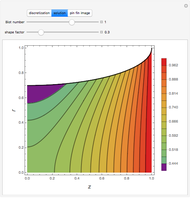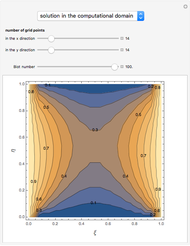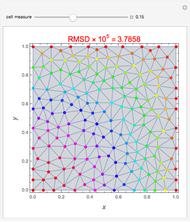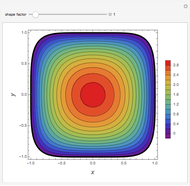Particle Swarm Optimization for 2D Problems

Requires a Wolfram Notebook System
Interact on desktop, mobile and cloud with the free Wolfram Player or other Wolfram Language products.
Particle swarm optimization (PSO) comes from the pioneering work of Kennedy and Eberhart [1, 2]. PSO algorithms mimic the social behavior patterns of organisms that live and interact within large groups, such as swarms of bees. This optimization technique is used to find the minimum of the following 2D test function (the Rosenbrock banana function):  , with
, with  . For the global minimum of
. For the global minimum of  , perfect agreement is found using either the Mathematica built-in command NMinimize (the blue dot at
, perfect agreement is found using either the Mathematica built-in command NMinimize (the blue dot at  ) or PSO (the red dots). You can vary the number of iterations as well as the swarm size. However, notice the complementary effect of these parameters. Here, the problem is two-dimensional, but extension to multidimensional problems using the program is straightforward.
) or PSO (the red dots). You can vary the number of iterations as well as the swarm size. However, notice the complementary effect of these parameters. Here, the problem is two-dimensional, but extension to multidimensional problems using the program is straightforward.
Contributed by: Housam Binous, Ahmed Bellagi, Ali Kh. Al-Matar, and Brian G. Higgins (November 2014)
Open content licensed under CC BY-NC-SA
Snapshots
Details
References
[1] J. Kennedy and R. Eberhart, "Particle Swarm Optimization," in Proceedings of the 1995 International Conference on Neural Networks, Vol. 4, New York: IEEE Press, 1995 pp. 1942–1948. doi:10.1109/ICNN.1995.488968.
[2] J. Kennedy and R. Eberhart, Swarm Intelligence, San Francisco: Morgan Kaufmann, 2001.
Permanent Citation
"Particle Swarm Optimization for 2D Problems"
http://demonstrations.wolfram.com/ParticleSwarmOptimizationFor2DProblems/
Wolfram Demonstrations Project
Published: November 7 2014
